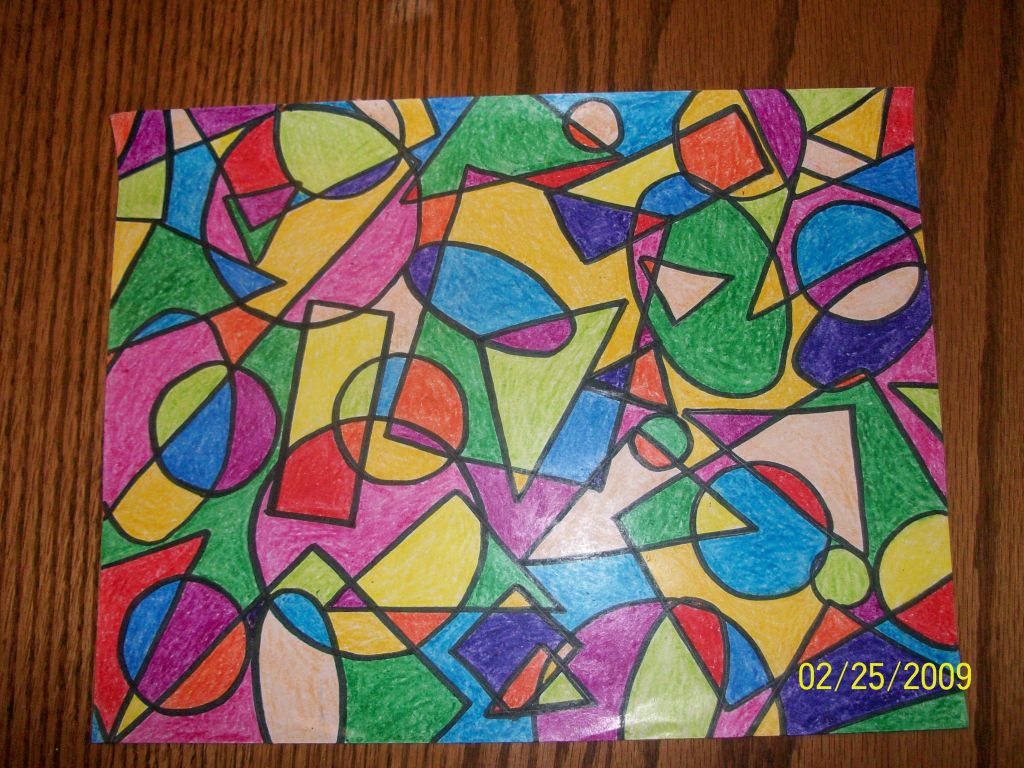Geometry, the branch of mathematics concerned with shapes, sizes, and properties of space, has been a subject of fascination and exploration for centuries. Throughout history, individuals have delved into the mysteries of geometry to uncover its secrets and practical applications. From ancient civilizations to modern mathematicians, the study of geometry has played a crucial role in shaping our understanding of the world around us.
One of the earliest civilizations known for their contributions to geometry was Ancient Egypt. The Egyptians used geometric principles extensively in their architecture and construction projects. The Great Pyramid at Giza, one of the Seven Wonders of the Ancient World, is a testament to their advanced knowledge of geometry. The structure’s precise dimensions and alignment with cardinal directions showcase the Egyptians’ mastery of geometric concepts such as angles and symmetry.
Another ancient civilization that made significant strides in geometry was Ancient Greece. Greek mathematicians like Euclid laid down the groundwork for modern geometry with his seminal work “Elements.” In this treatise, Euclid established a systematic approach to studying geometric figures and proofs that would influence mathematicians for centuries to come.
During the Renaissance period in Europe, interest in geometry experienced a resurgence as scholars rediscovered classical works from antiquity. Artists like Leonardo da Vinci integrated geometric principles into their artistry, creating masterpieces that reflected mathematical precision and beauty. In addition to art, advancements in fields like astronomy and cartography were made possible through innovations in geometric techniques.
The Age of Enlightenment saw further developments in geometry as thinkers sought to apply mathematical reasoning to various disciplines. Mathematicians such as René Descartes pioneered analytical geometry by introducing coordinate systems that linked algebraic equations with geometrical shapes. This integration revolutionized how we perceive space and paved the way for future discoveries in calculus and physics.
In more recent times, mathematicians have continued exploring new frontiers in geometry through innovative approaches and technologies. One notable example is fractal geometry, which deals with complex patterns that repeat at different scales. Benoit Mandelbrot’s groundbreaking work on fractals opened up new avenues for understanding natural phenomena such as coastlines or snowflakes using geometric principles.
Furthermore, advancements in computer technology have enabled researchers to tackle complex geometrical problems that were previously unimaginable. Computational tools like CAD (Computer-Aided Design) software have transformed how architects and engineers design structures by simulating intricate geometrical forms with precision and efficiency.
Alternative education approaches have also embraced the study of geometry as a means to foster creativity and critical thinking skills among students. Montessori schools incorporate hands-on activities like constructing geometric shapes using manipulatives to help children grasp abstract concepts intuitively. Waldorf schools integrate artistic elements into their math curriculum by exploring sacred geometries found in nature or traditional cultures worldwide.
Homeschooling families often use interactive online resources or educational games that make learning about angles or symmetry engaging for students at home. Virtual reality platforms offer immersive experiences where learners can explore three-dimensional geometrical objects or architectural marvels from historical periods interactively.
Overall, the exploration of geometry throughout history has showcased its profound impact on various aspects of human civilization – from architecture and art to science and technology. By studying shapes, sizes, measurements,and patterns inherent in our surroundings through a geometric lens,wecan gain deeper insights intothe interconnectednessofthe universeand cultivatea senseof wonderand appreciationfor themathematicalbeautythat surroundsusall.

Leave a comment